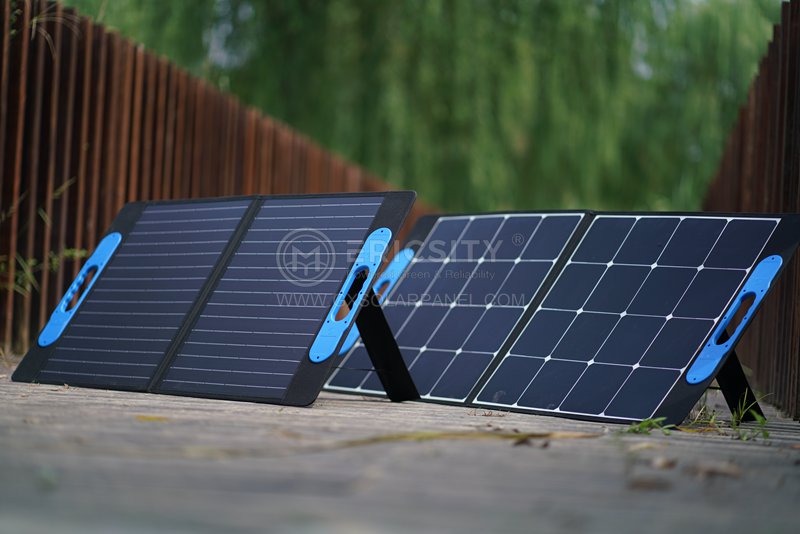HOT PRODUCT
Product Details
Solar Panel Price Breakdown: What You’re Paying For
Solar Panel Price Breakdown: What You’re Paying For
Solar energy has emerged as a popular and sustainable alternative to traditional power sources. Its widespread adoption has been driven by various factors, including environmental concerns, financial savings, and technological advancements. When considering the installation of solar panels, it is important to understand the breakdown of costs involved. In this article, we will delve into the components that contribute to solar panel pricing, enabling you to make an informed decision about your renewable energy investment.
1. Solar Panels:
The solar panels themselves make up a significant portion of the total cost. They are responsible for converting sunlight into electricity through the photovoltaic effect. The price of solar panels is influenced by factors such as efficiency, materials used, and the manufacturer’s reputation. Higher efficiency panels tend to be more expensive as they can generate more electricity in a given space.

2. Inverter:
An inverter is an essential component of a solar panel system. It converts the direct current (DC) electricity produced by the panels into usable alternating current (AC) electricity for your home. Inverters come in different types, including string inverters, microinverters, and power optimizers. The choice of inverter can impact the overall system efficiency and cost.

3. Mounting and Racking:
To ensure the optimal performance of solar panels, proper mounting and racking systems are necessary. These systems securely attach the panels to the roof or ground, providing stability and protection against environmental factors. The cost of mounting and racking equipment depends on the type of installation, such as rooftop or ground-mounted.
4. Balance of System (BOS) Components:
Beyond the solar panels themselves, several other components contribute to the overall cost of a solar system. These include wiring, electrical connectors, junction boxes, circuit breakers, and monitoring systems. These balance of system components ensure that the solar panel system is interconnected properly and operates safely.
5. Installation and Labor:
The installation of solar panels requires professional expertise and labor. The cost of installation can vary depending on factors such as the complexity of the installation, location, and any additional electrical work needed. It is recommended to choose an experienced and reputable solar installer to ensure a smooth and efficient installation process.
6. Permitting and Inspection:
Before installing a solar panel system, permits and inspections from local authorities are usually required. These costs can vary depending on your location and the complexity of the installation. It is essential to obtain the necessary permits and schedule inspections to ensure compliance with local regulations and building codes.
7. Warranty and Maintenance:
When considering solar panel prices, it is important to evaluate the warranty and maintenance services offered. Manufacturers typically provide warranties that cover the performance and lifespan of the panels. Understanding the warranty terms and any additional maintenance costs is crucial for long-term investment planning.
8. Government Incentives:
Government incentives and solar tax credits can significantly reduce the upfront cost of installing a solar panel system. These incentives vary by country, state, and even municipality. Researching and understanding the incentives available in your area can help determine the overall cost and financial benefits of going solar.
It is important to note that solar panel prices have been steadily declining over the years, making it a more affordable option for homeowners and businesses. Additionally, the return on investment can be substantial, leading to long-term cost savings on electricity bills.
In conclusion, the cost breakdown of solar panels includes several components such as the panels themselves, inverters, mounting and racking systems, balance of system components, installation labor, permitting, warranty, maintenance, and government incentives. Understanding these cost factors can help you make an informed decision and maximize the benefits of solar energy for your home or business. Embracing solar power not only helps reduce your carbon footprint but also contributes to a sustainable and clean energy future.




